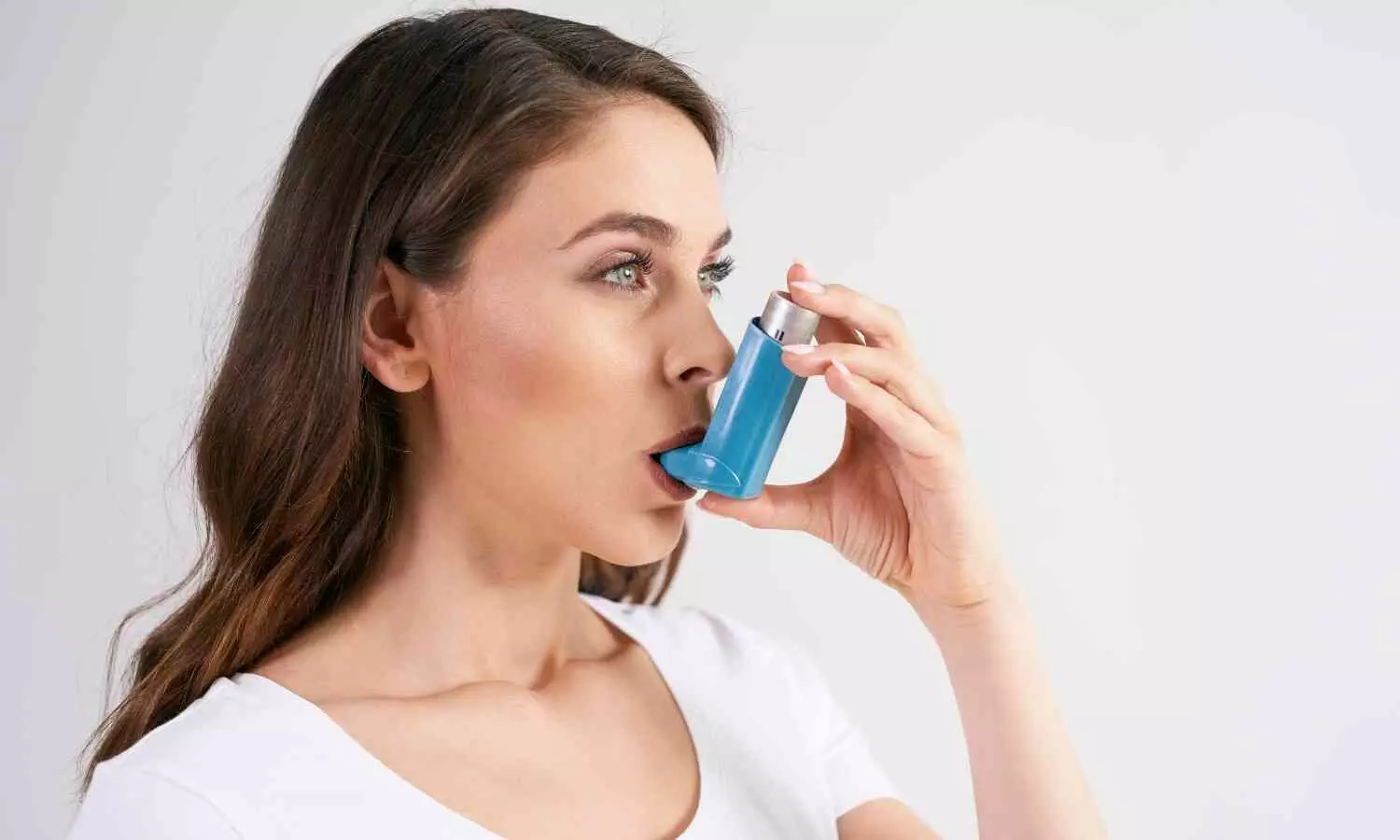Maternal Use of Lotions and Shampoos to Asthma Risk in Children: Study

New Delhi: Babies born to mothers exposed to chemicals commonly found in everyday products such as lotions and shampoos during pregnancy may face a heightened risk of developing asthma, a new study suggests.
Researchers from Kumamoto University analyzed data from over 3,500 mother-child pairs to investigate the potential impact of chemical exposure during pregnancy on childhood asthma. The study, published in the journal Environmental Pollution, found a significant association between exposure to certain chemicals and the likelihood of asthma in children.
One key finding was that high levels of butylparaben—a chemical widely used in personal care products—during early pregnancy were linked to a 1.54-fold increase in asthma risk in children. Additionally, the study revealed that male children born to mothers exposed to 4-nonylphenol, a chemical found in some cleaning products and plastics, had 2.09 times higher odds of developing asthma. However, this association was not observed in female children.
“These findings underscore the importance of evaluating chemical exposure during pregnancy and its long-term effects on children,” said Dr. Shohei Kuraoka from Kumamoto University. “Understanding these risks can help us create better guidelines to safeguard maternal and child health.”
The research team measured levels of 24 phenols in urine samples collected from pregnant women and monitored the health outcomes of their children until the age of four. Their findings highlight how routine exposure to certain chemicals can influence the development of respiratory and allergic conditions.
Phenols such as nonylphenol are known endocrine disruptors, which can interfere with hormonal systems. Previous studies have linked exposure to these chemicals with a rise in allergic diseases, including asthma. The current study adds to this body of evidence by emphasizing the role of prenatal exposure in childhood health outcomes.
While the study offers important insights, the researchers acknowledged some limitations. For instance, phenol levels in the children themselves were not measured, leaving gaps in understanding how direct exposure may influence outcomes. They called for further research to explore these mechanisms and establish safe exposure thresholds during pregnancy.
This study raises awareness about the potential health risks posed by everyday chemicals and highlights the need for stricter regulations and better-informed practices to minimize exposure during pregnancy. By doing so, it may be possible to reduce the prevalence of asthma and other allergic conditions in future generations.


